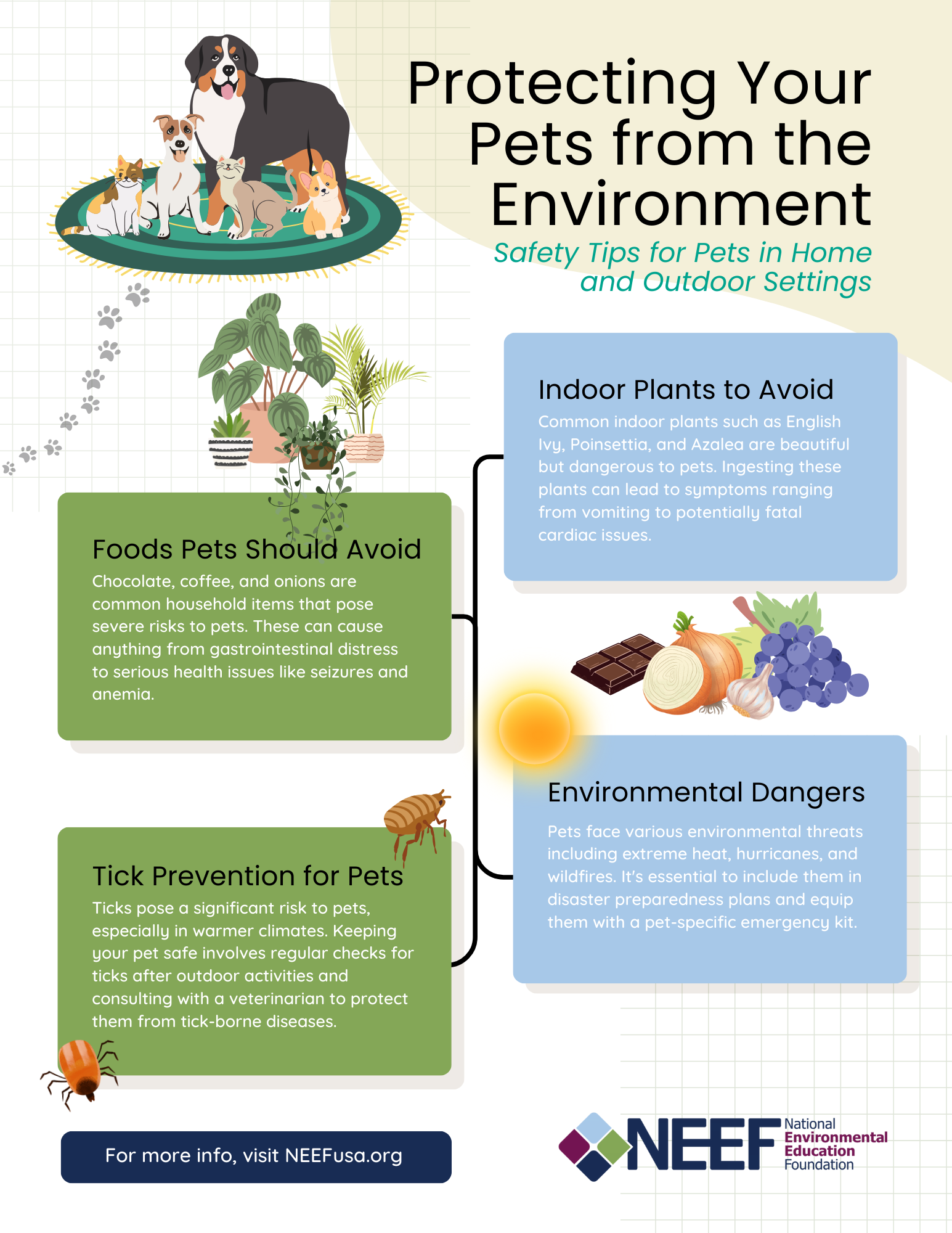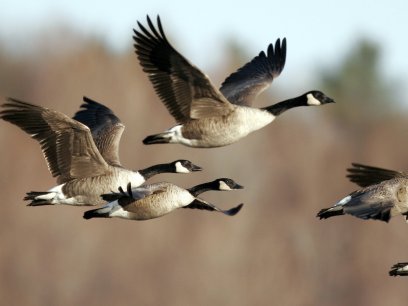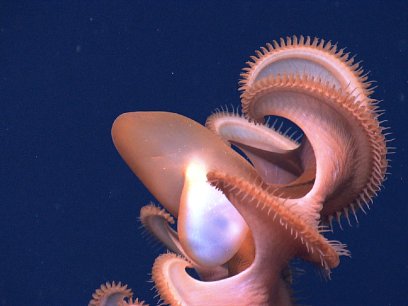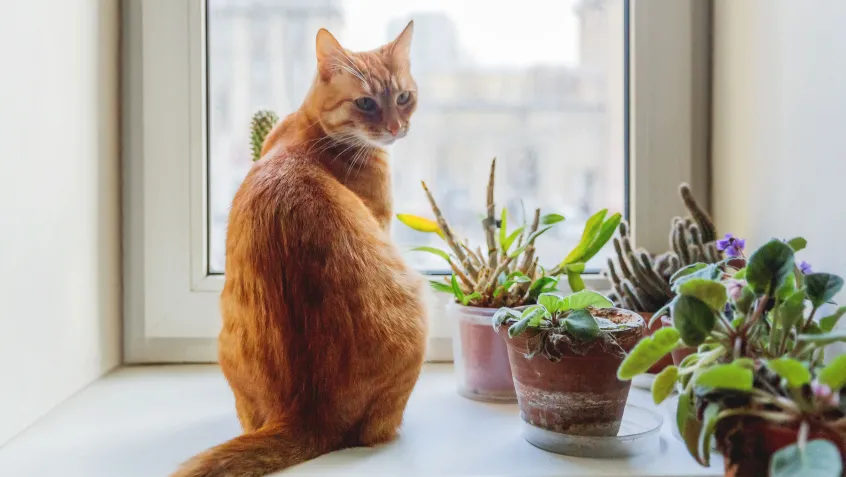
According to the Centers for Disease Control and Prevention (CDC), the bond between people and their pets can increase fitness, lower stress, and bring happiness to their owners.
There are a number of environmental risks to your pets, from extreme weather and natural disasters to outdoor plants and foods. To protect these valuable furry family members, it's important to know the dangers they face.
Preparing Pets for Climate-Driven Disasters
Climate change is intensifying the frequency and severity of extreme weather events, including hurricanes, floods, droughts, extreme heat, and wildfires. These environmental phenomena pose not only risks to humans but also our pets. As pet owners, it's crucial to include your animals in your disaster preparedness planning.
Creating a comprehensive safety plan involves preparing a disaster kit specifically for your pets and ensuring they are protected. This can mean preparing for potential weather events common in your area by learning heat safety for pets. Take advantage of resources on how to include your pets in your emergency preparedness plans, ensuring they remain safe and cared for in any disaster scenario.
Identifying Harmful Plants for Pet Safety
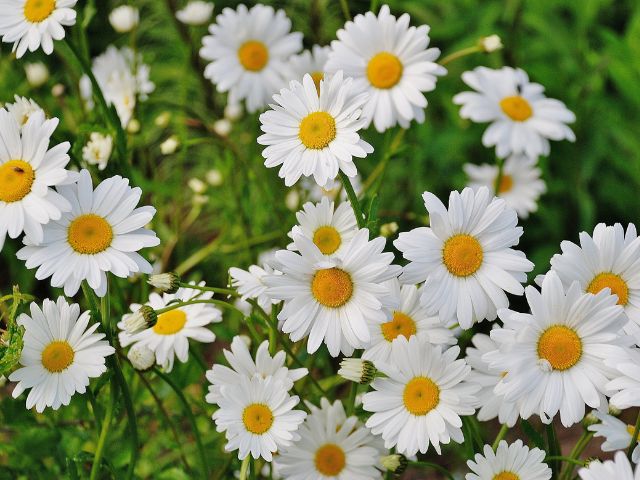
It's a wild world out there! However, with the proper knowledge base, you can chaperone your furry friends when they're outside to help protect them from some of these common hazards.
Many ornamental lawn plants can prove dangerous if consumed by your cat or dog. In addition to causing immediate physical distress, some plants may have long-term health effects or be fatal in severe cases.
It's crucial for pet owners to be aware of which plants may be harmful to their furry friends. A few common examples include:
- English ivy: A common groundcover, this ivy is toxic to pets if consumed and can lead to gastrointestinal issues.
- Daisy: While daisies might be a welcome sign of spring, they can lead to vomiting, incoordination, and skin problems in dogs and cats.
- Azalea: These large bushes are prized across the country for their vibrant displays of color. However, if your pet consumes them, they can lead to gastrointestinal problems and cardiac failure.
Explore the full list from American Society for the Prevention of Cruelty to Animals (ASPCA)’s "Toxic and Non-Toxic Plants List."
Home Plant Hazards for Pets
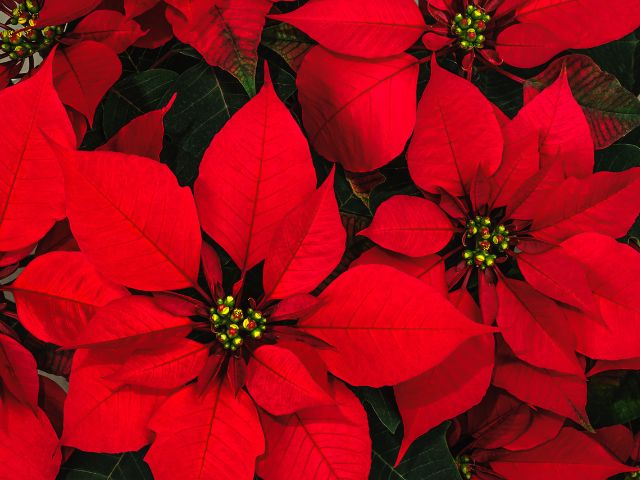
While your home is a safe haven, it may also pose unknown risks to your pets. Many common house plants and cut flowers can cause discomfort, illness, or even be fatal to dogs and cats.
It's essential to review and heed the ASPCA's list of harmful plants, ensuring these are kept out of your pets' reach. Here are some plant types you should avoid:
- Amaryllis: This flowering plant, commonly given as a gift in the wintertime, is toxic to dogs and cats and can cause gastrointestinal issues and tremors.
- Poinsettia: This is another wintertime culprit that can trigger vomiting in cats and dogs. While these red and pink plants have a big reputation for being poisonous to pets, they are not among the most dangerous indoor plants.
- Calla Lily: While the Calla Lily is a common and beautiful addition to a cut flower arrangement if your pet consumes it, it can cause pain and induce vomiting in your pets.
Just as some plants pose dangers to our pets, pet owners should be vigilant about what their pets find in their kitchens.
Household Foods That Are Dangerous to Pets
It's not only plants that can be hazardous to your pets—many common human foods can also be harmful or even fatal to your cat or dog. For a comprehensive list, please refer to the ASPCA's guide on People Food to Avoid Feeding Your Pets.
While most pet owners know that chocolate is harmful to pets, there are other lesser-known dangers, including:
- Coffee: The caffeine in your cup of joe (or soda or energy drink) is the main culprit here. Cats and dogs are more sensitive to this stimulant, which can cause gastrointestinal issues and seizures and can even prove fatal.
- Macadamia nuts: Within 12 hours of eating these nuts, dogs can experience vomiting, tremors, and hyperthermia.
- Onions, garlic, and chives: These are more of a concern for cats, but dogs are also at risk if they consume a large enough amount, which can lead to stomach problems and red blood cell damage.
Call your vet immediately if you are concerned that your pet has consumed any of these plants or foods. ASPCA runs a 24/7 Animal Poison Control Center if your vet is unavailable.
It's not just foods that can be dangerous; bodies of water can also hide threats to your pets.
Health Risks from Algal Blooms
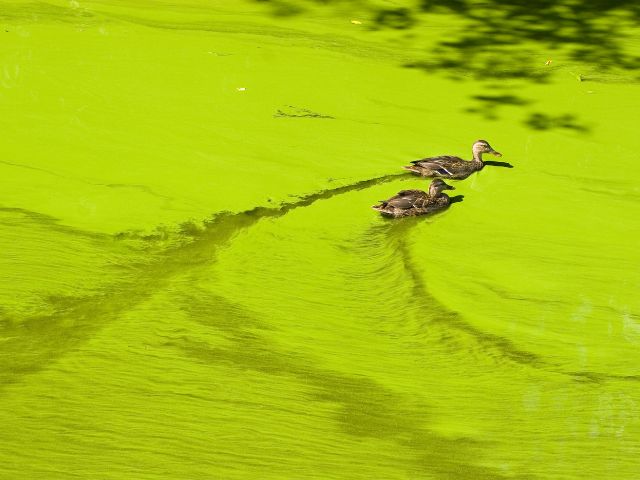
Some algae types can seriously harm an animal's health.
Algal blooms threaten both human and animal health by contaminating waterways and drinking sources. The main culprit, cyanobacteria, is found in freshwater and produces cyanotoxins that affect the liver, nervous system, respiratory system, and skin.
How you interact with water can affect your health. Drinking, bathing, or swimming in contaminated water can cause serious health problems, such as blisters, fever, paralysis, and asthma. Algal blooms have also been linked to wildlife and domestic animal fatalities.
While aquatic environments pose their own risks, insects can also threaten your pet during your walk in the wilderness.
Protecting Pets from Ticks
As global temperatures climb, the United States is experiencing more extreme heat events, creating ideal conditions for ticks to thrive and expand their geographical range.
Pets can pick up disease-carrying ticks while outdoors, making it essential to check them when they come back inside. Regular inspections help prevent the spread of tick-borne diseases, which can be serious.
Regular checks for ticks and ensuring they stay cool are essential steps to keep them healthy. For comprehensive guidance on protecting your pets from ticks, you can learn effective prevention strategies to prevent ticks on your pets.
More Ways You Can Protect Your Pets
Water Quality
Ensuring clean waterways is crucial for our environment. Reducing pollutants that enter our waters can significantly improve local water quality. Simple actions like properly disposing of hazardous substances and reducing runoff from your property can help. These small changes can have a big impact on preserving the health of our water systems.
- Use this infographic to learn more about how you may be contributing to local water quality issues and commit to becoming a Watershed Sleuth.
Fighting Algal Blooms
If you want to help reduce the threat of algal blooms, start by picking up after your pets. Pet waste is rich in nitrogen and phosphorus, which can degrade water quality when washed into waterways during storms. This harms local flora and fauna and contributes to the growth of harmful algal blooms.
- Learn more about recognizing algal blooms and how to keep yourself and your pet safe while outside.
Promote Responsible Pet Ownership
Educate yourself and others about responsible pet ownership practices. This includes securing pets during outings to prevent them from disturbing wildlife and ecosystems.
- Sharing knowledge on social media, through community programs, or even casual conversations can help raise awareness about minimizing our pets' environmental impacts. Check out our infographic on this page filled with actionable tips for pet owners to keep their pets safe.
